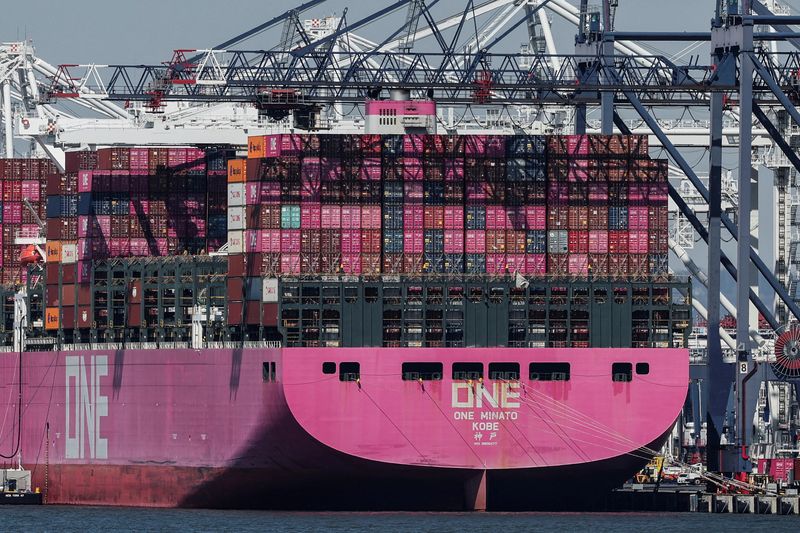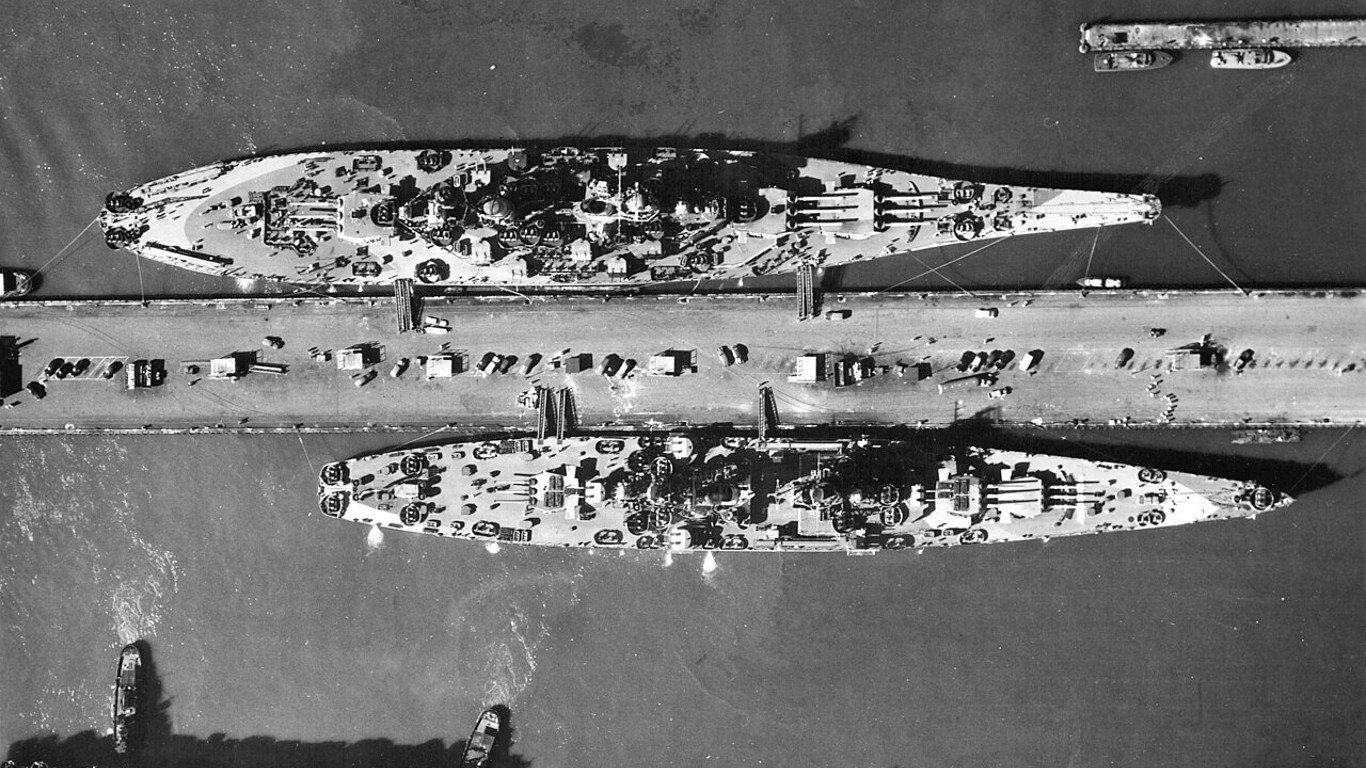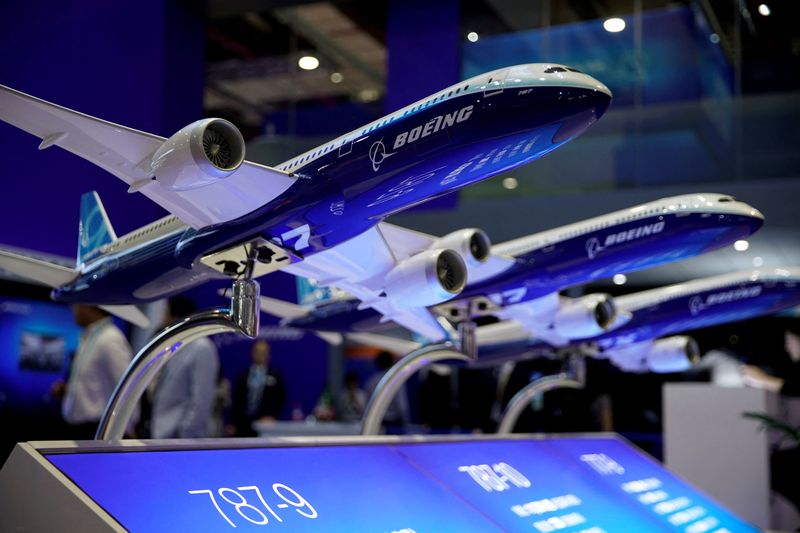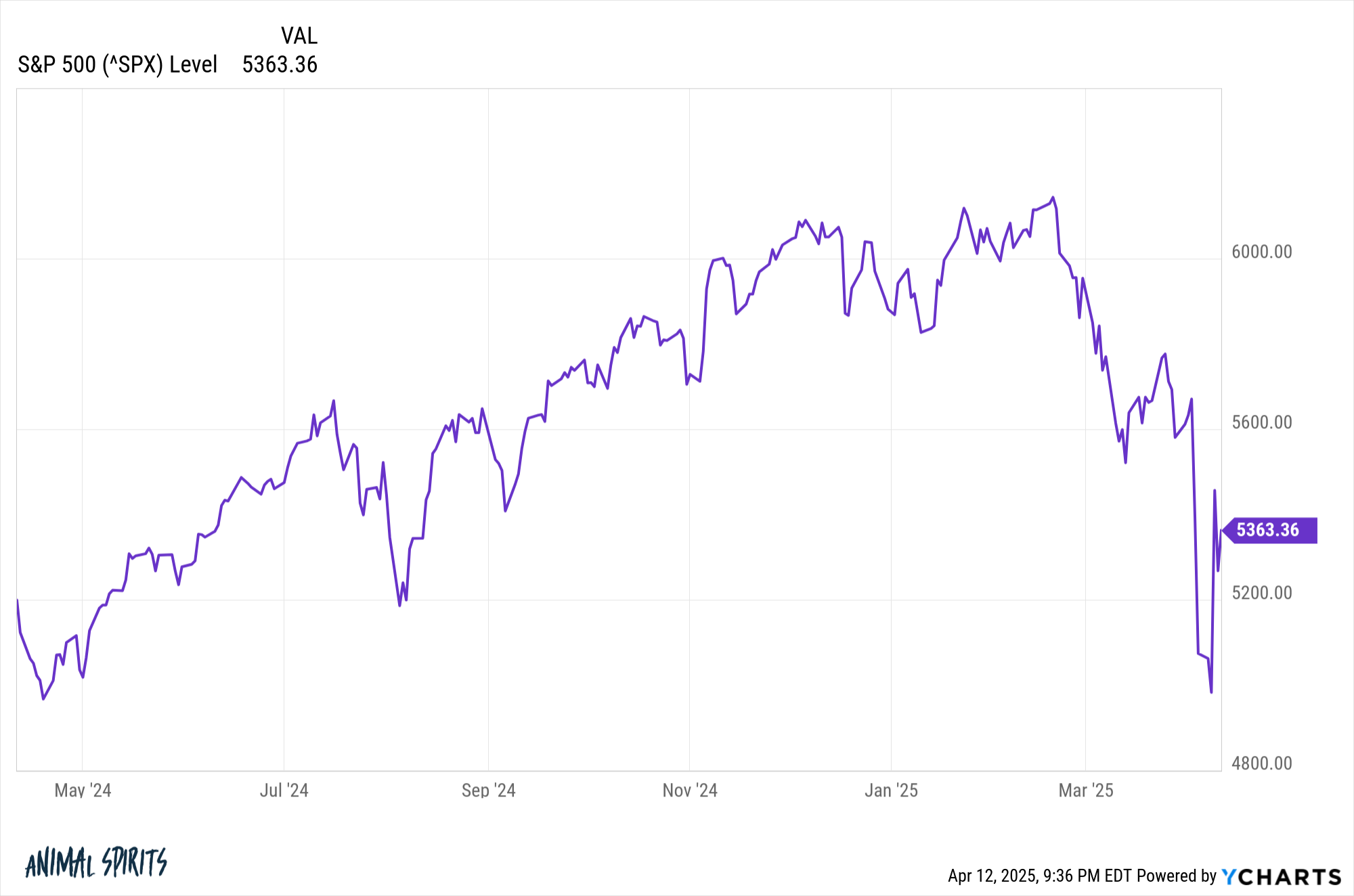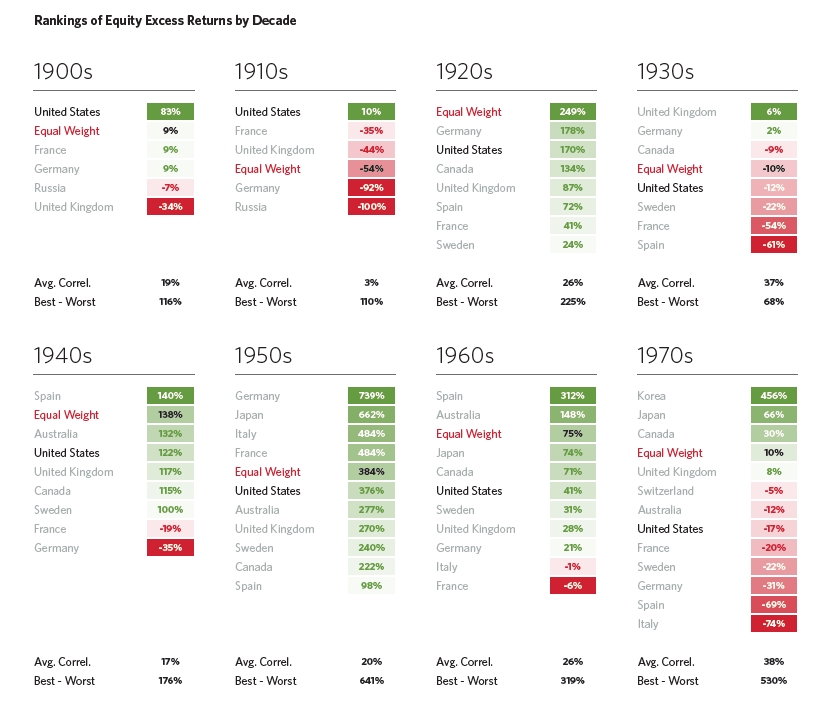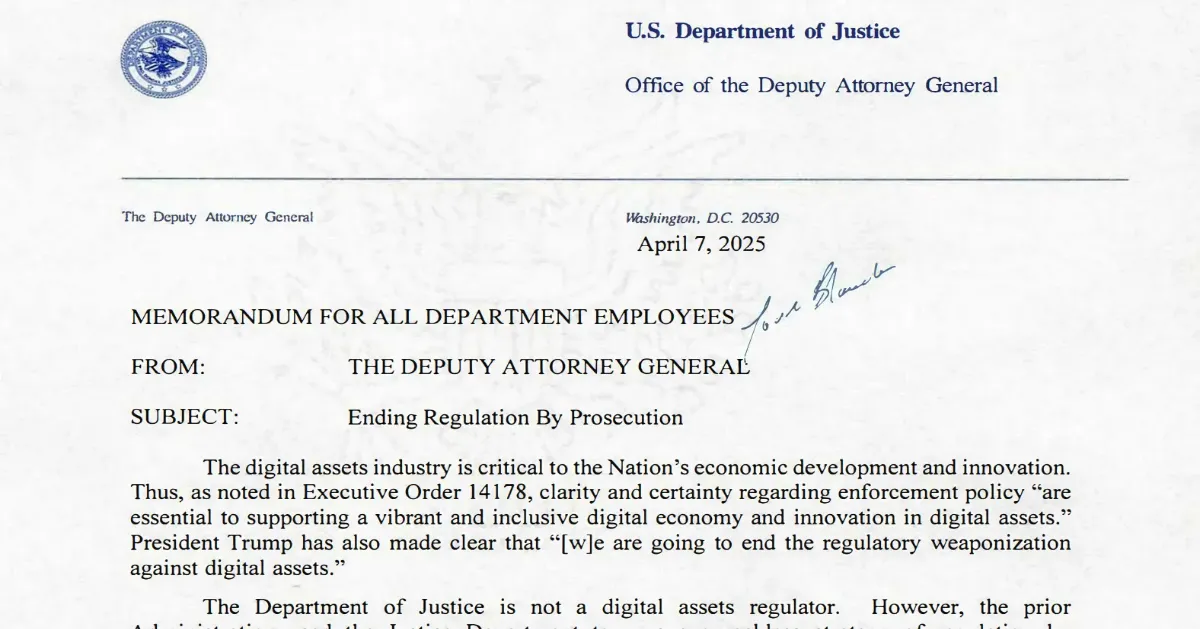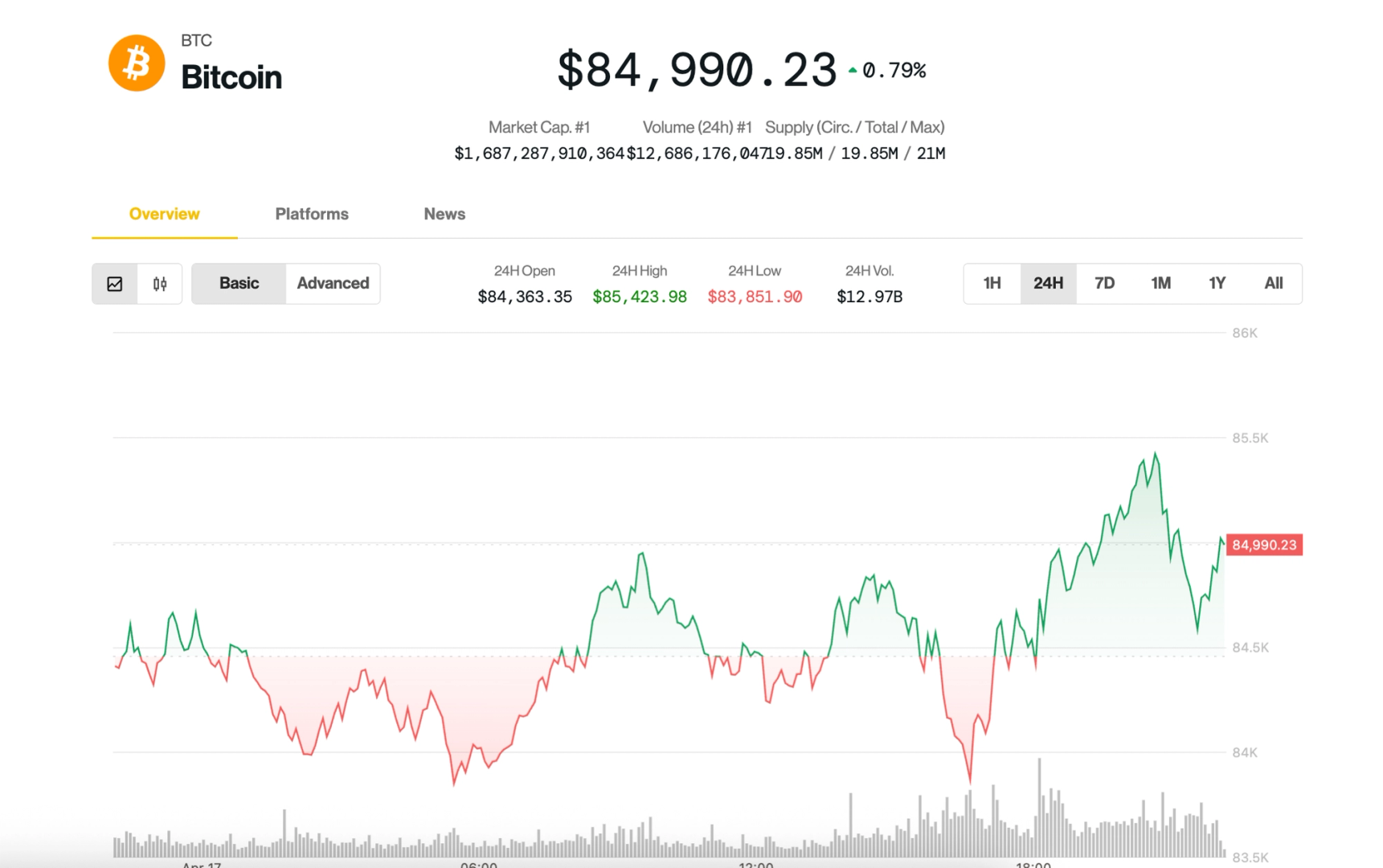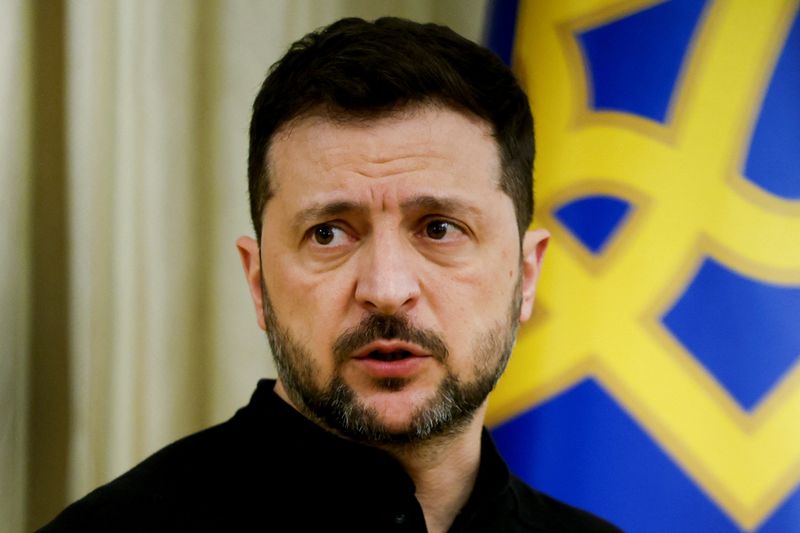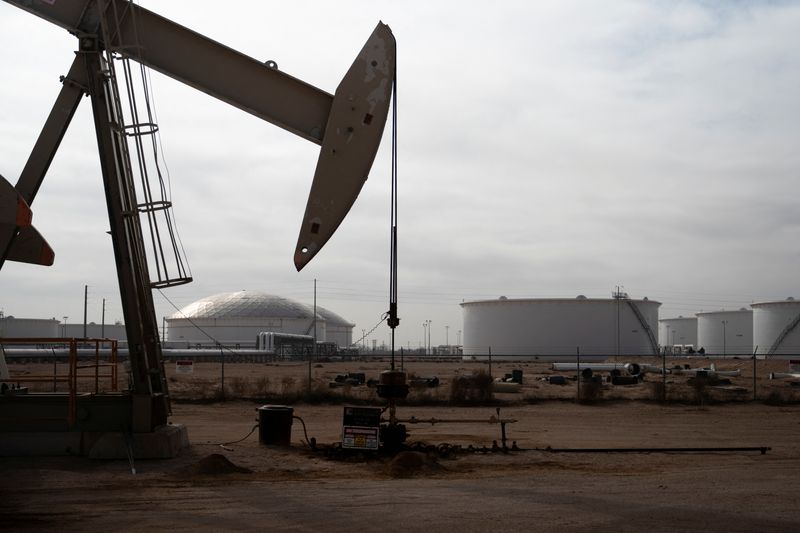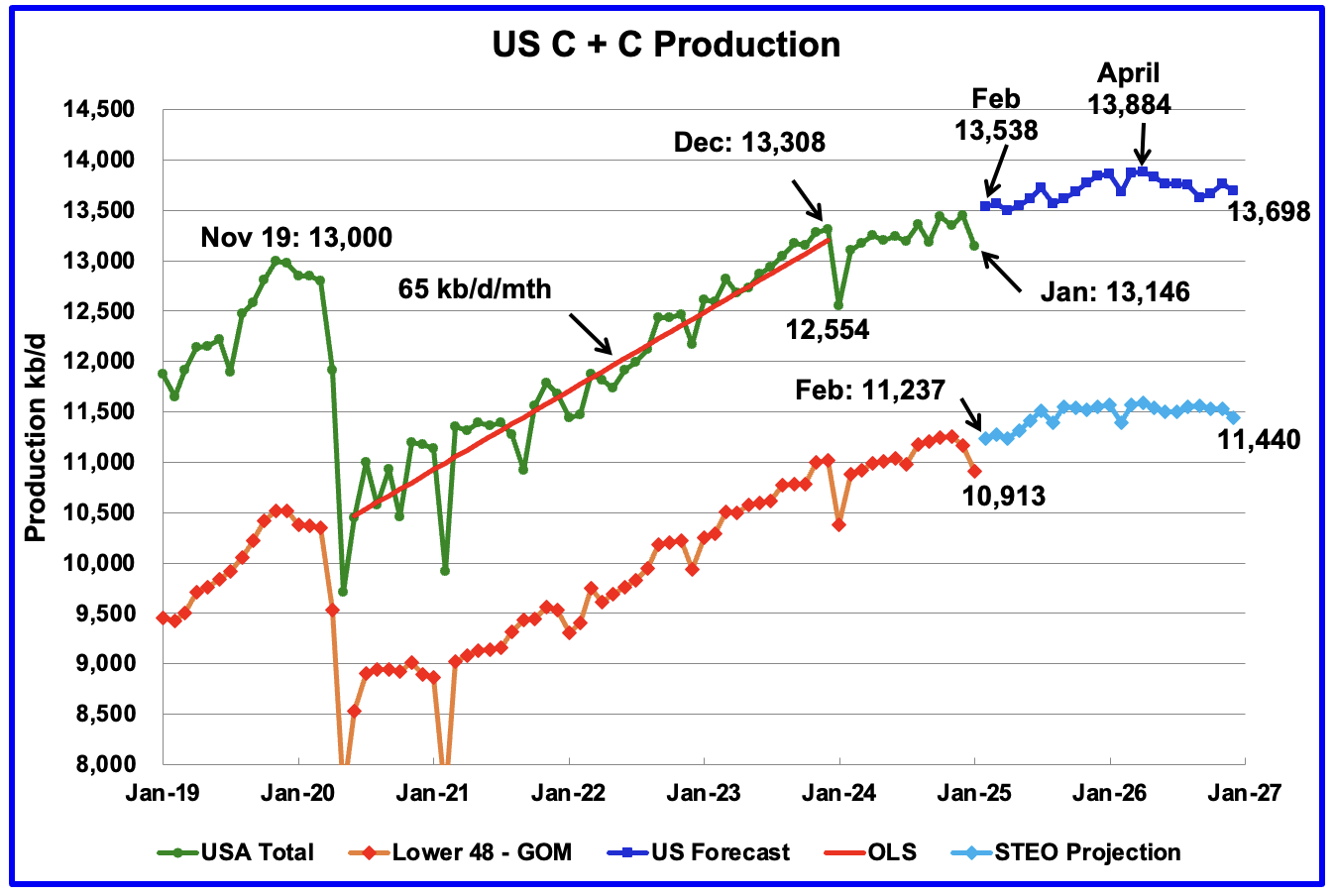How Do the Most Powerful Missiles in the US Arsenal Compare to Russia’s and China’s?
The United States spends vastly more on its military than any of its enemies, but that has not made us secure from the most destructive weapons on the planet: nuclear-armed ballistic missiles. In fact, missile tech is one of the few areas of military technology where the U.S. is playing catch-up to its main rivals, […] The post How Do the Most Powerful Missiles in the US Arsenal Compare to Russia’s and China’s? appeared first on 24/7 Wall St..
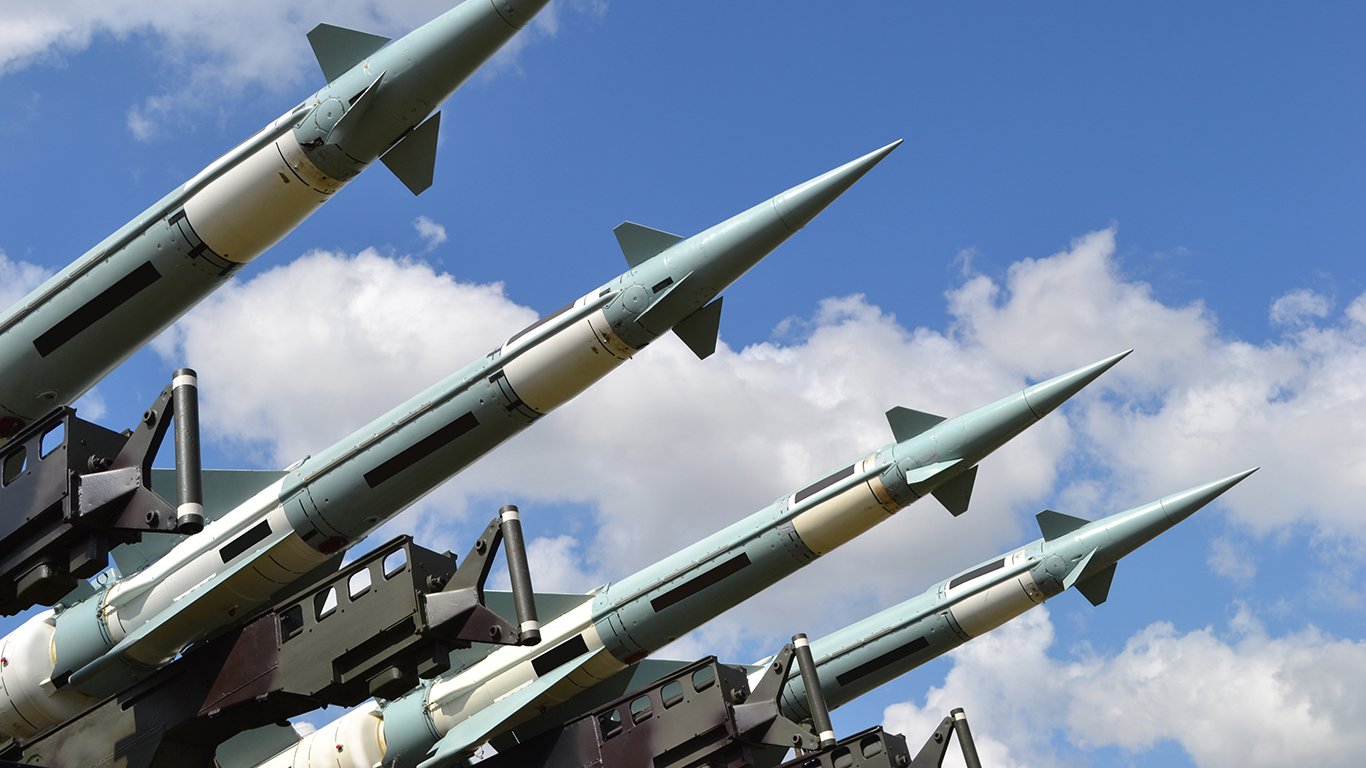
The United States spends vastly more on its military than any of its enemies, but that has not made us secure from the most destructive weapons on the planet: nuclear-armed ballistic missiles. In fact, missile tech is one of the few areas of military technology where the U.S. is playing catch-up to its main rivals, Russia and China.

Key Points
-
Some keypoint here
-
4 million Americans are set to retire this year. If you want to join them, click here now to see if you’re behind, or ahead. It only takes a minute. (Sponsor)
Missiles in U.S. Military Strategy
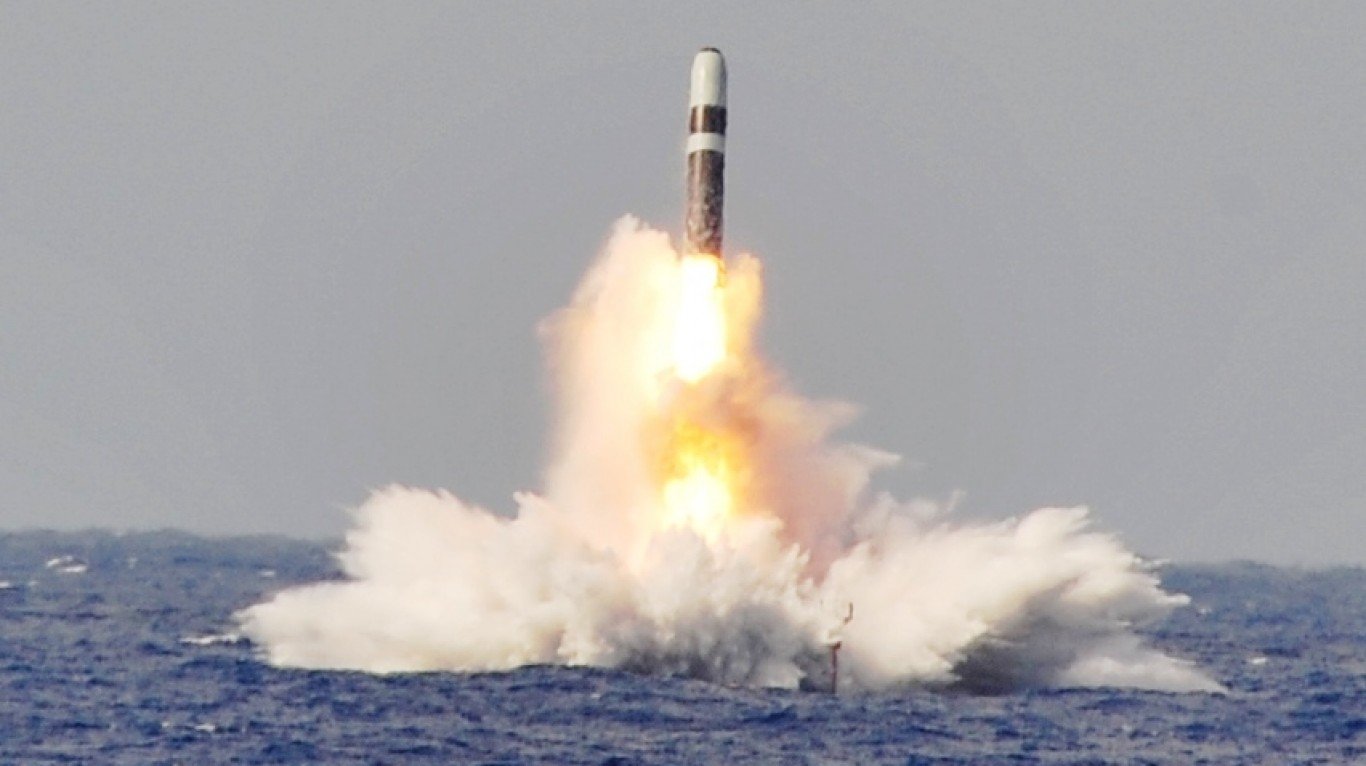
Ballistic missiles are one leg of the American nuclear triad, which also includes submarine-launched missiles and air-dropped bombs. The purpose of maintaining three different modalities for delivering nuclear weapons is to make sure that no country is able to wipe out the entire American nuclear arsenal in a surprise attack without incurring a devastating response. So even if somehow an enemy disabled or destroyed all our land-based ICBMs and nuclear-capable aircraft, the country could still deliver a devastating counter-strike with SLBMs (submarine-launched ballistic missiles).
The Most Powerful U.S. Missile
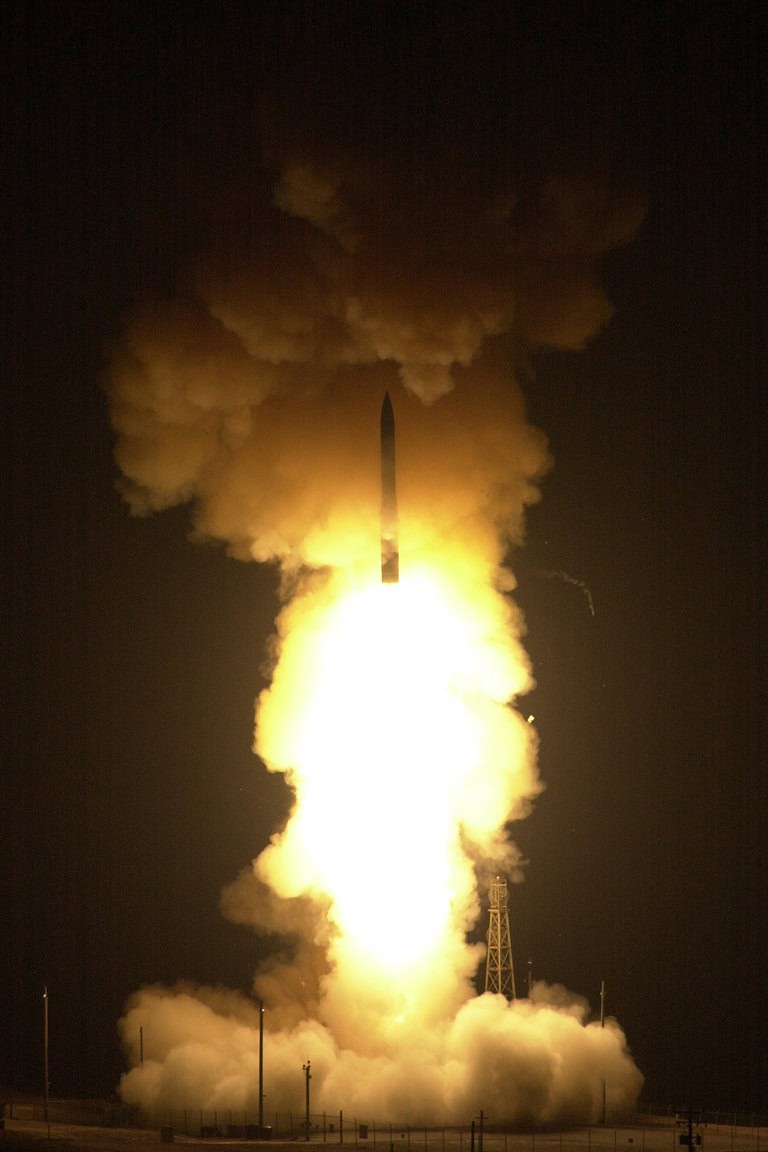
The most powerful missile now fielded by the United States is the LGM-30G Minuteman III. It is currently the only land-based ICBM in the American arsenal. 400 active missiles and 50 decoys are based in silos in remote areas of Montana, North Dakota, and Wyoming. The Minuteman III is a 3-stage missile with 3 solid-fuel rocket engines that give it a range of up to 8,700 miles and an accuracy of 800 feet. These missiles can be fitted with three independently targeted reentry vehicles, but since 2016 have had only a single 300-335 kiloton warhead apiece. That’s still 20 times more powerful than the bomb that leveled Hiroshima.
Minuteman III Stats:
-
Speed: Estimated Mach 23
-
Range: 8,100 miles
-
Warhead: 3 nuclear warheads; currently outfitted with 1 warhead of 300-335 kiloton.
-
Launch Platform: Silo-based
Next Generation U.S. Missiles
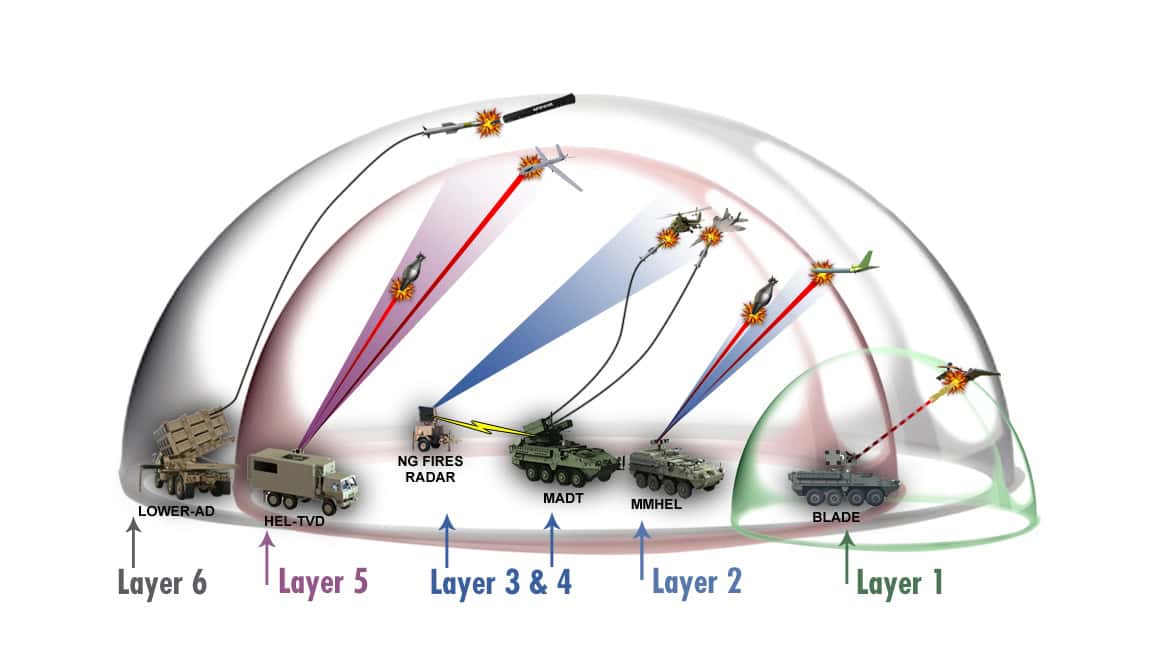
The U.S. is actively working on several new missile weapons systems to enhance its offensive and defensive capabilities
- The Next Generation Interceptor (NGI) will improve defenses against advanced ballistic threats. Its speed is classified but may be more than Mach 20. It will have the capability to hit targets above the Earth’s atmosphere, so that it can defend against missile attacks from countries like North Korea.
- The Long-Range Hypersonic Weapon (LRHW) is a U.S. Army missile that will travel more than Mach 5 with a range of 1,725 miles. It’s designed to deliver a conventionally-armed glide vehicle past enemy defenses.
- The Precision Strike Missile (PrSM) is a next-generation ballistic missile that will replace the Army Tactical Missile System (ATACMS). It will carry a conventional warhead a distance of over 310 miles.
Missiles in Russian Military Strategy
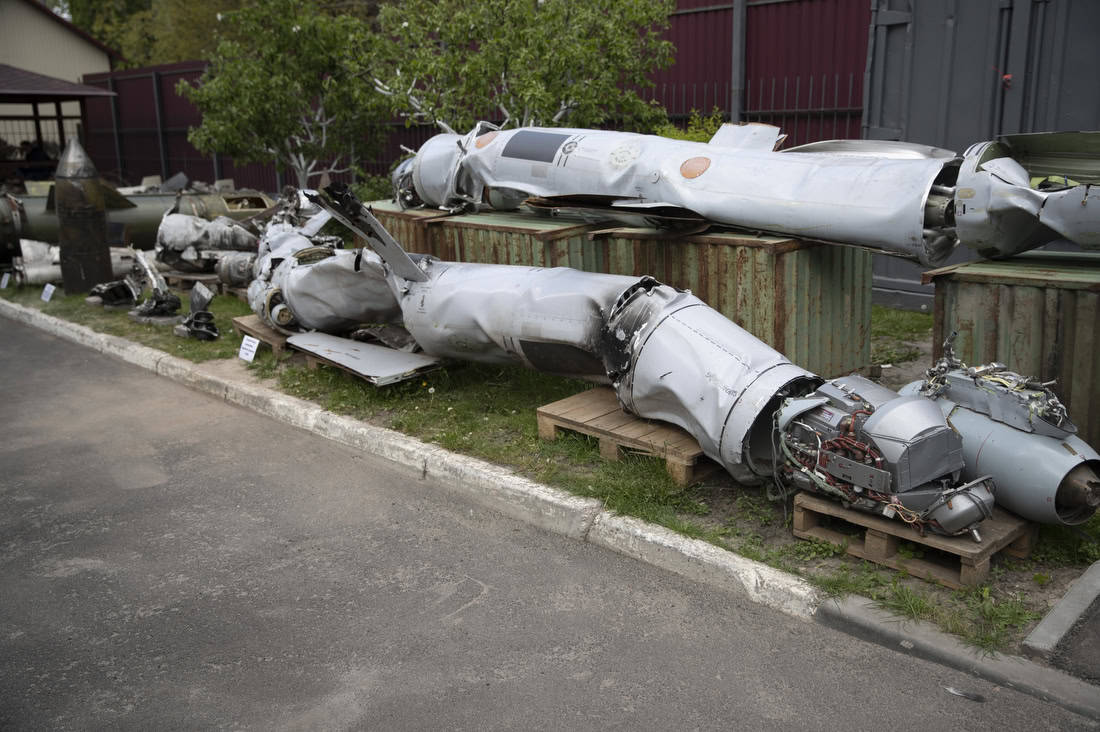
Russia’s military has performed poorly in the war in Ukraine in land, air, and at sea against Ukraine’s Western-supplied technology and tenacious defense. Lagging in technology and equipment, Russia is importing drones from Iran and ammunition and troops from North Korea. Its nuclear arsenal is really the only area in which it can truly still lay claim to superpower status. Once adhering to a “no first use” pledge, Russia has in more recent years implemented a more flexible strategy that allows the use of nuclear weapons in situations where the motherland faces severe security threats, even from a non-nuclear power. This is intended to frighten and deter western countries, but could also signal their willingness to use nuclear weapons to win the war in Ukraine even without Western intervention.
The Most Powerful Russian Missile
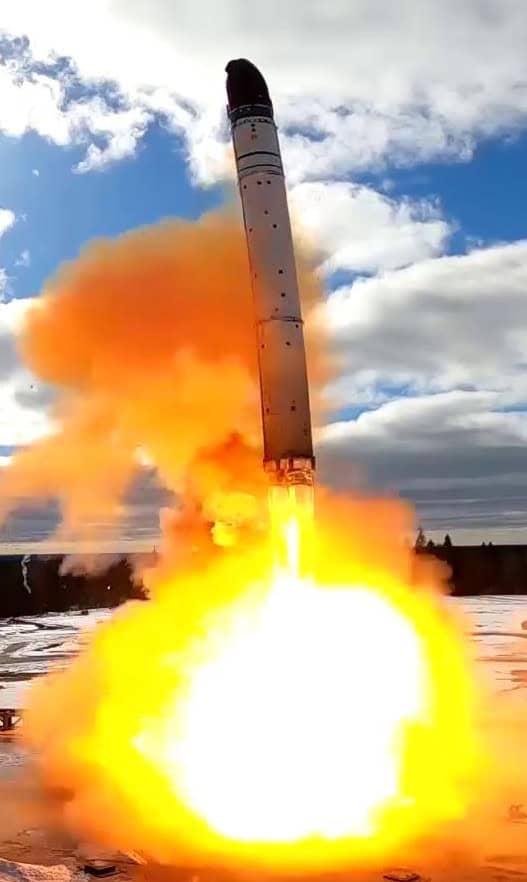
At present, Russia’s most powerful missile is the RS-28 Sarmat, or “Satan 2.” It’s the country’s latest-generation ICBM, with a range of 18,000 km. It’s a behemoth, able to carry a payload of up to 10 tons. That could mean anything from a set of hypersonic glide vehicles delivering up to 15 nuclear warheads, or something as big as the 50 megaton Tsar Bomba, the largest nuclear device ever tested.
RS-28 Sarmat
-
Speed: Estimated Mach 20
-
Range: 11,000+ miles
-
Warhead: 10-15 nuclear warheads or hypersonic glide vehicles
-
Launch Platform: Silo-based
Next Generation Russian Missiles
Trying to maintain an edge in missile tech, Russia’s current development projects include the Iskander-1000 and the Oreshnik hypersonic missile. The Iskander will extend Russia’s missile reach. Oreshnik is an intermediate-range missile that can surpass speeds of Mach 10 and maneuver in flight, making it hard to intercept.
So far, Russia is the only country to use hypersonic missiles in war. Several times, they have launched the kh-47M2 Kinzhal (known as “the Dagger”) against Ukrainian targets. Having lost 1/6th of its high-performance aircraft in the war, Russia prefers to use standoff capabilities to launch missiles like these from military planes that stay safely behind air defenses. A Chinese analysis of the performance of Russian hypersonic missiles in the war has indicated that they have not shifted the balance of power in Russia’s favor, mainly because Russia owns too few of them to make a decisive difference.
Missiles in Chinese Military Strategy
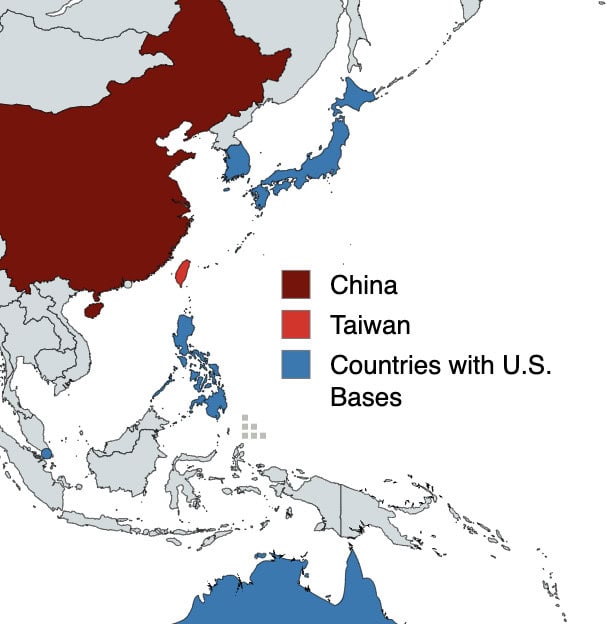
Chinese military planners have to contend with the reality of the powerful U.S. Navy and American bases disbursed across Japan, South Korea, Guam, the Philippines, and Australia. With ambitions to take over the breakaway island of Taiwan, China wants to be able to overwhelm Taiwanese defenses quickly for an amphibious invasion while at the same time suppressing American naval power, if the Americans choose to get involved.
The Most Powerful Chinese Missile

The Dong Feng-41 (DF-41) is China’s most powerful ICBM. Its range is thought to be up to 15,000 km, covering the entire United States. It can carry multiple warheads. It is an improvement over its previous generation of DF-5 missiles, which are still in service, that had a range of 12,000 km and could deliver only one warhead apiece. China plans to expand its nuclear arsenal to over 1,000 warheads by 2030.
DF-41 Stats
-
Speed: Estimated Mach 25
-
Range: 9,300-9,950 miles
-
Warhead: 10-12 MIRVs (Multiple Independently Targetable Reentry Vehicles)
-
Launch Platform: Road-mobile and silo-based
Next Generation Chinese Missiles
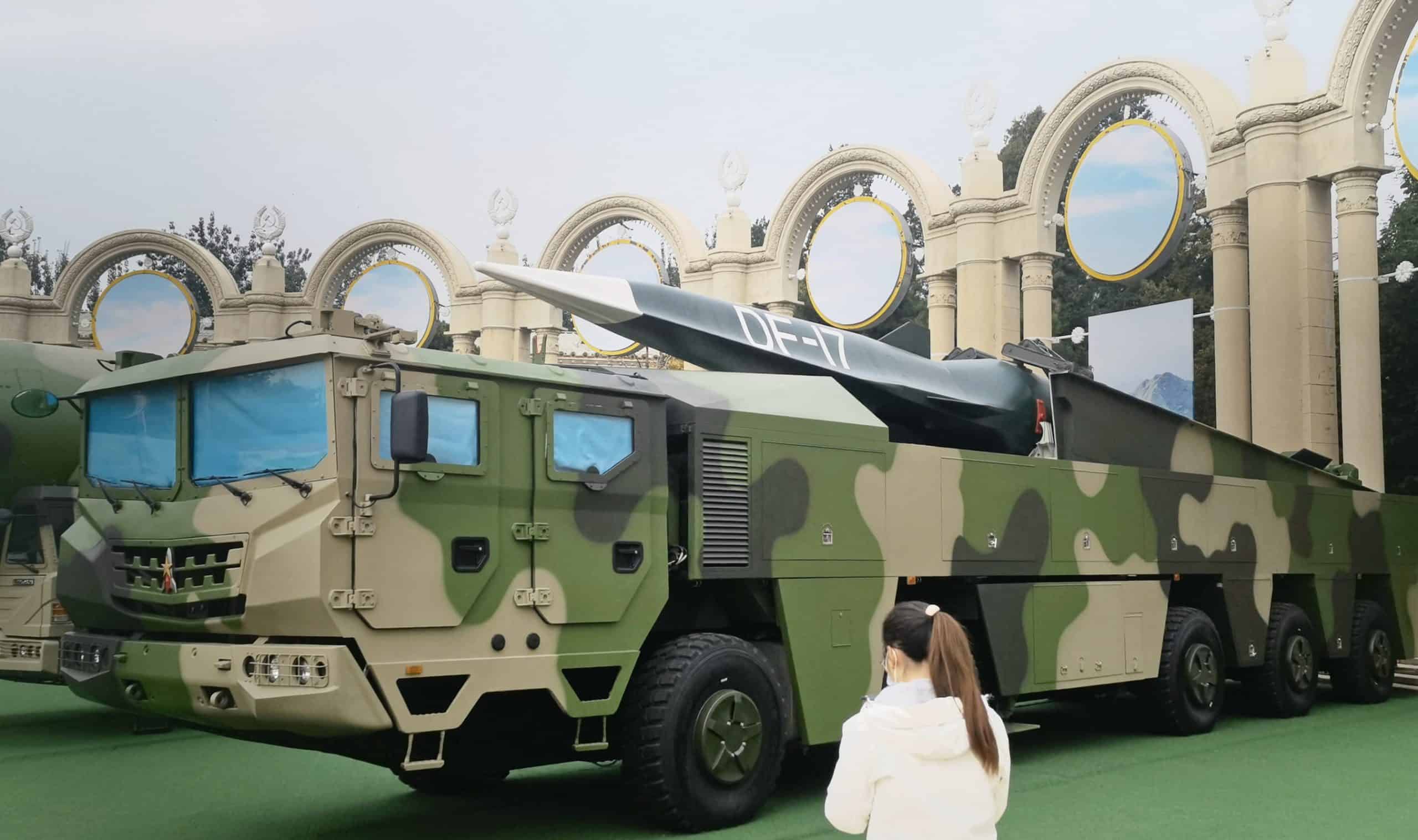
Like Russia, China is working hard on hypersonic missile tech. Its DF-17 missile has a hypersonic glide vehicle to make interception harder. With an estimated speed of Mach 5-10, this missile can be equipped with nuclear or conventional payloads and hit targets between 1,100 and 1,550 miles. It is mounted on a missile booster and is road-mobile so it can be moved around quickly and launched from unpredictable sites.
Who Has the Most Powerful Missile?
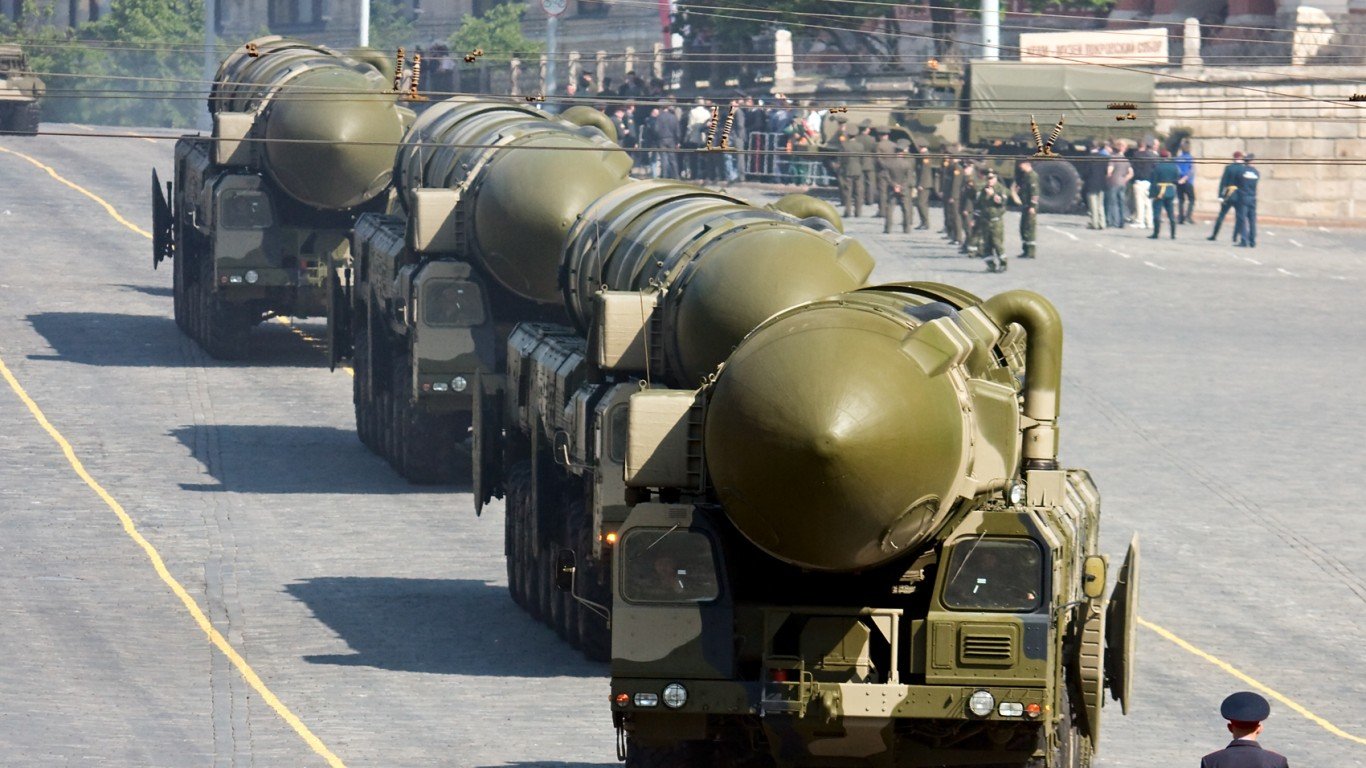
Each country’s ICBMs have their own advantages. Russia’s Sarmat has the longest range. China’s DF-41 has the flexibility of being silo-based or going on the road. This makes it much harder for other countries to keep track of where they are and to destroy them in the event of war. The U.S. Minuteman III is the most thoroughly tested and reliable of the three. It only carries 3 small-ish warheads, maximum, and currently is armed only with 1 apiece. However, the U.S. has 400 of them deployed, making them a difficult target for an enemy.
When we’re talking about absolute Earth-shaking destructive power, though, the prize goes to Russia’s RS-28 Sarmat. It has the longest range, the largest capacity for warheads or drones, and the power to lift heavy bombs the size of Tsar Bomba, the 50 megaton thermonuclear behemoth that was the largest man-made explosion in history. What it all adds up to is “don’t mess with Russia.”
The post How Do the Most Powerful Missiles in the US Arsenal Compare to Russia’s and China’s? appeared first on 24/7 Wall St..

